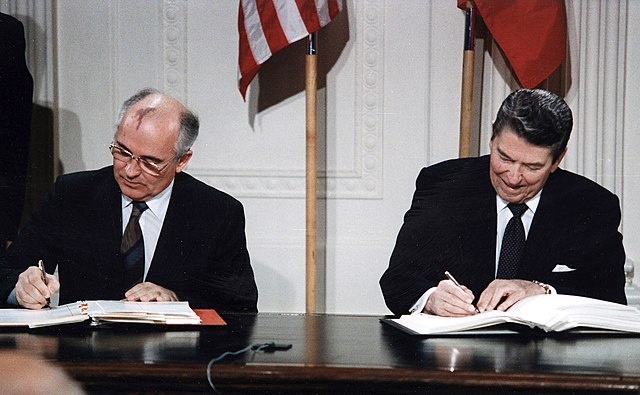Small arms and light weapons
Small arms and light weapons (SALW) refers in arms control protocols to two main classes of man-portable weapons."Small arms", broadly speaking, are individual-service kinetic projectile firearms. These include: handguns, muskets, rifled muskets, shotguns, rifles, submachine guns, personal defense weapons, squad automatic weapons, and light machine guns.
"Light weapons", broadly speaking, are infantry-portable weapons that are either crew-served kinetic firearms, incendiary devices, or shoot explosive munitions. These include: anti-materiel rifles, anti-tank rifles, general-purpose machine guns, medium machine guns, unmounted heavy machine guns, portable flamethrowers, grenades, rifle grenades, underslung grenade launchers, grenade launchers, automatic grenade launchers, recoilless rifles, rocket-propelled grenades, man-portable anti-tank missiles, man-portable air-defense systems, and mortars under 100 millimetres (3.9 in) caliber.

AKMs, H&K G3 and RPG-7s found by U.S. Marines in Fallujah
Arms control is a term for international restrictions upon the development, production, stockpiling, proliferation and usage of small arms, conventional weapons, and weapons of mass destruction. Historically, arms control may apply to melee weapons before the invention of firearm. Arms control is typically exercised through the use of diplomacy which seeks to impose such limitations upon consenting participants through international treaties and agreements, although it may also comprise efforts by a nation or group of nations to enforce limitations upon a non-consenting country.
Soviet General Secretary Gorbachev and U.S. President Reagan signing the INF Treaty in 1987


